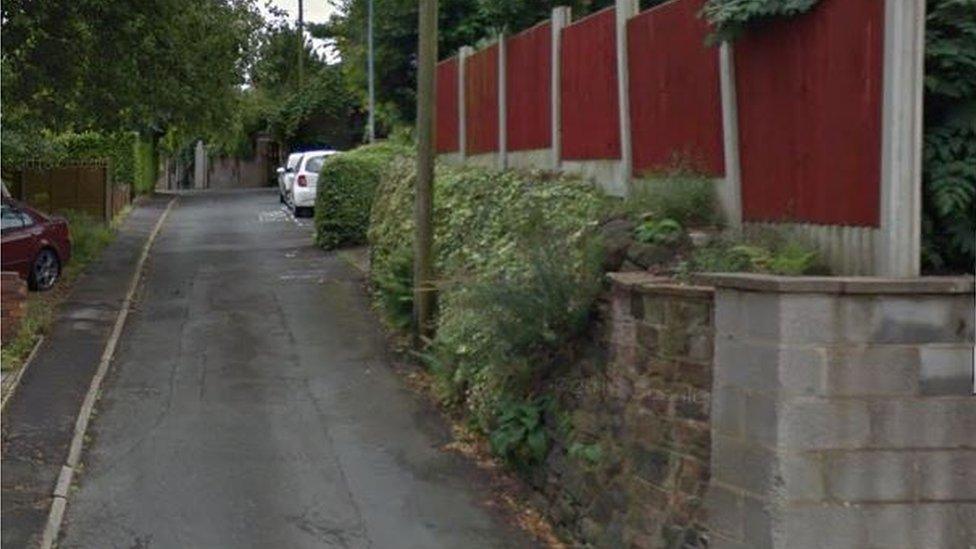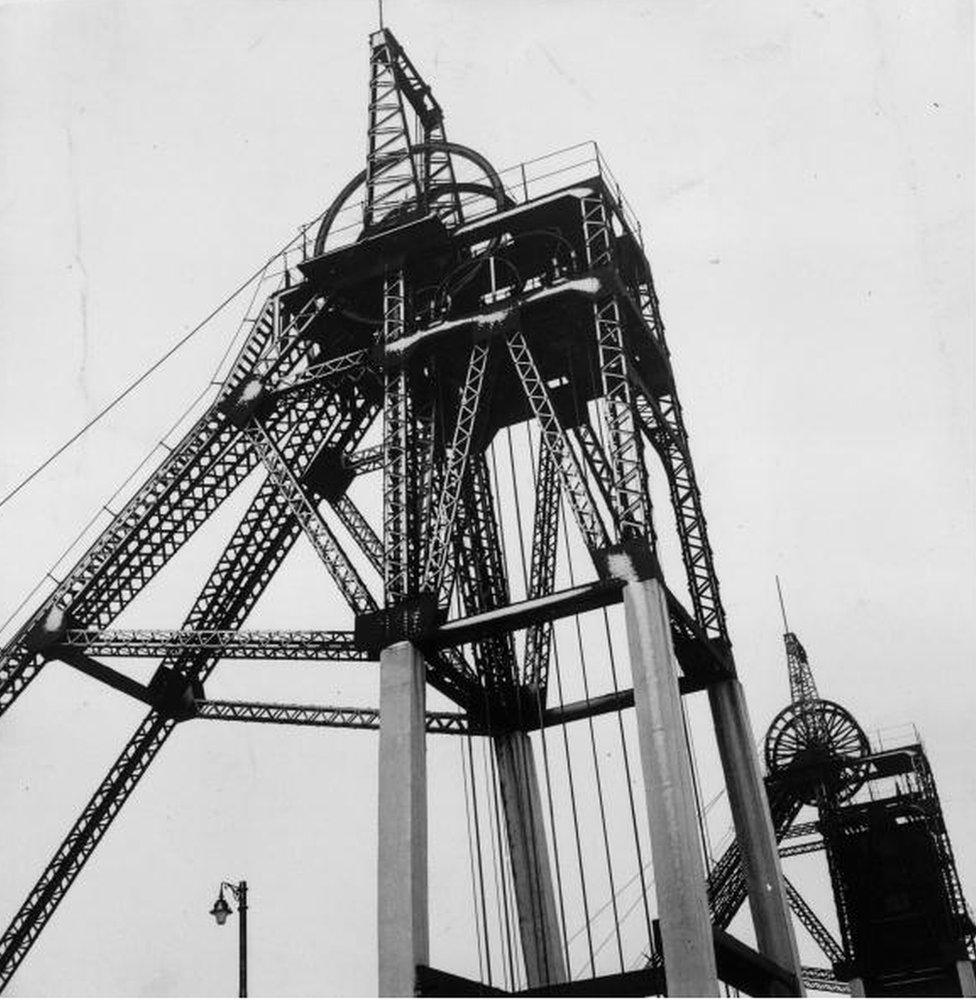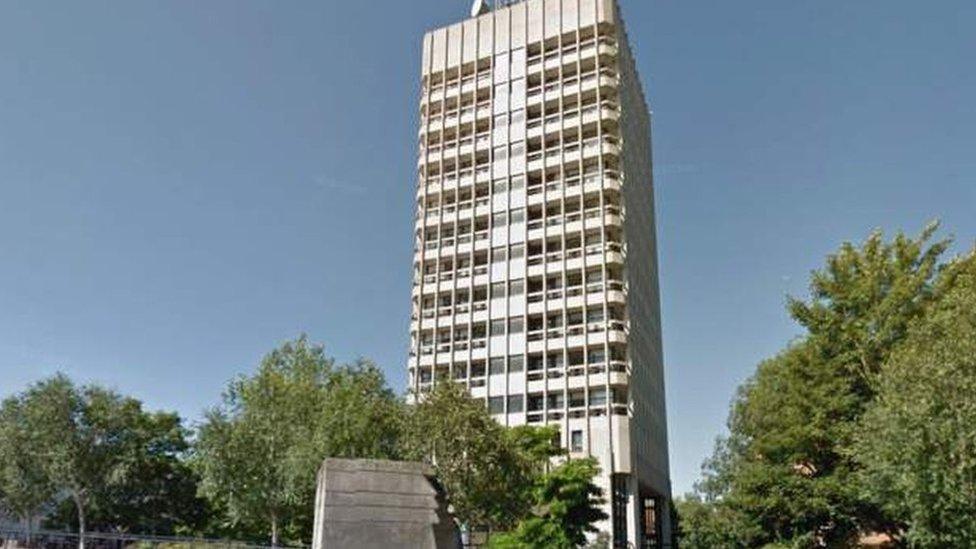West Midlands: Three things you wanted to know
- Published
Ask us your questions about where you live
People have been using Your Questions to tell us what they want to know about the West Midlands.
We were asked if there were any photographs of a windmill that once towered over Penkhull and Hartshill in Stoke-on-Trent.
You wanted to know why there were circular holes high up in the walls of hay lofts.
And you wondered about the history of the Alexandra colliery in Coventry. Here are some of the answers.

Alison Maynard asked: "Are there any photographs of the windmill that stood behind Penkhull Terrace in Stoke-on-Trent?"
Local historian Richard Talbot said the windmill stood on Kirkland Lane. It dates roughly from 1780 and was built for farmers for milling.
However, by 1891 the mill had been demolished and Mr Talbot does not believe anyone took a picture while it was standing.

The windmill once stood in Kirkland Lane where there are now houses
A semi-detached house now stands where the windmill once was.
An archaeological dig was carried out before building work started and found some remains of the windmill including the foundations "but nothing significant"," Mr Talbot says.
You can find out more about the Penkhull Windmill here and if you have a photograph of it use the form at the bottom of this page to get in touch.

Randle Cooke asked: "Why do hay lofts, usually above cow sheds, or stables, have a circular opening?"
Blists Hill Victorian museum in Ironbridge has examples of these holes in the side of barns.
The Ironbridge Gorge Museums Trust, external told us it was so that loosely bundled bales of hay could be thrown, from a pitch fork, into the loft.

Hay lofts at Blists Hill Victorian Museum in Ironbridge have examples of these round holes near the roof
In the past, bales were not rectangular and tidy like they are today, so they were less likely to catch on a round hole than a square one.
The trust also said that some barns have smaller holes near the eaves to attract owls, in the hope they would control mouse-numbers - and they were known as "owl holes".

One reader got in touch to ask if we could shed any light on the history of the Alexandra coal mine in Coventry.
The Alexandra Colliery was one of three in the area operated by Wyken Collieries Ltd, which started work at the Warwickshire Coalfield from 1862.
The Alexandra and Wyken Collieries were the first to open. When the Wyken was worked out by 1881 miners moved to the Alexandra until it too became exhausted by 1919.

The coal mine lift at Coventry taken in 1947
The third, and last, Craven Colliery, closed in 1927. The history of some of the surrounding railway lines can be found on this site., external
- Published30 December 2016

- Published23 December 2016

- Published16 December 2016
